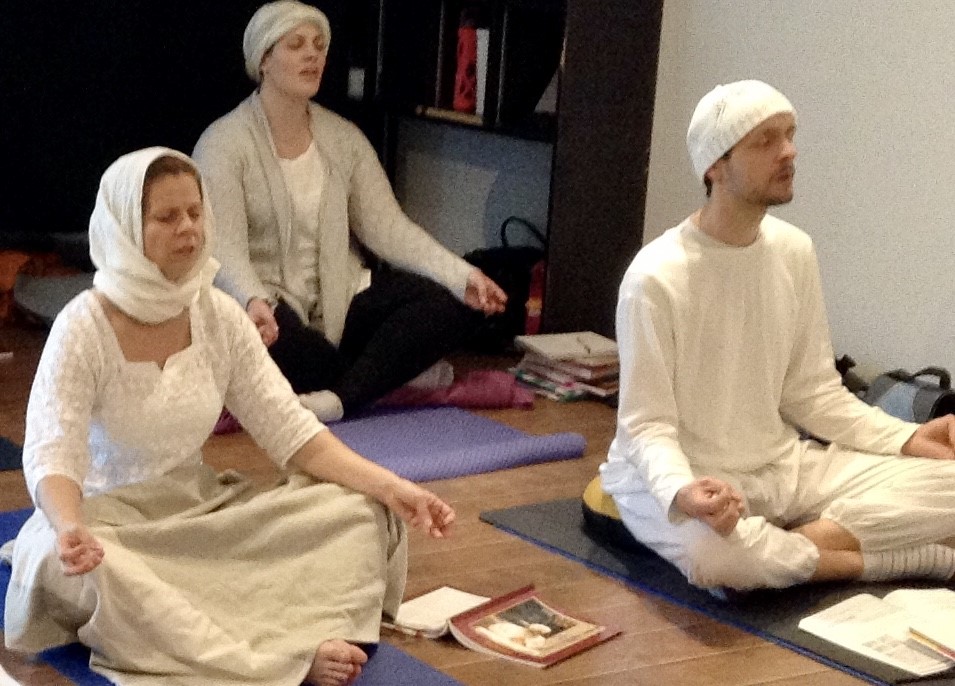Do you pay attention to your breathing throughout the day? The answer is probably not likely, or very little. Throughout the day, we typically don’t give our breathing patterns a second thought. However, you might want to start! Breathing works automatically without any effort, but a range of studies have found deep breathing has positive health effects.
Breathing During Kundalini Yoga
In Kundalini Yoga, I emphasis deep complete breaths through the nose. You have a secret source of power within you called Nitric Oxide which is formed and released in the sinuses. Nitric Oxide boosts your energy and stamina. It promotes healthy circulation, normalizes blood pressure, and sharpens your memory.
The problem is, you may not be getting these health benefits because you are likely producing a fraction of the nitric oxide it made when you were younger. Nitric oxide levels are at their peak in your 20s, 50% in your 40s, 35% in your 50s, and down to just 15% in your 60s… a mere fraction of where they were in your younger days!
Taking a deep breath is a mechanical act
A feeling of pressure comes from a set of stretchy sensors that gauge the expansion of the lungs. The chest movement produced by the relaxation of the diaphragm on the exhale, places pressure on the blood vessels feeding into the heart, which triggers another set of sensors in the arteries and both these sensors feed into the brainstem and the Vagus Nerve, an essential part of the nervous system.
By stimulating the vagus nerve during the long exhalations, slow breathing may shift the nervous system into a state of relaxed alertness. Quicker, shallower breaths simply don’t stimulate those nerves or the brain as effectively. You need a long deep inhale and complete exhale to generate the right brain rhythms. When practicing breathwork, there seems to be a sweet spot around six breaths a minute. This seems to activate a positive feedback loop between the lungs, heart and the brain, bringing greater relaxation to the whole body.
Suspending the Breath
The goal of suspending the breath is the gradual reconditioning of the nervous system. Suspending the breath “in” affects the sympathetic nervous system, is activating and stimulating, and can temporarily raise the blood pressure. Suspending the breath “out” affects the parasympathetic nervous system, is relaxing, and temporarily lowers blood pressure. Suspending the breath allows you to calmly hold space in your body while relaxing the action of the diaphragm, ribs and abdomen.
Due to COVID 19 all classes are online. Please join Daya Kaur to learn more about Kundalini Yoga 
and how you can create balance and harmony in your mind, body and spirit.
Call Daya at 416-674-7083 or email her today!

